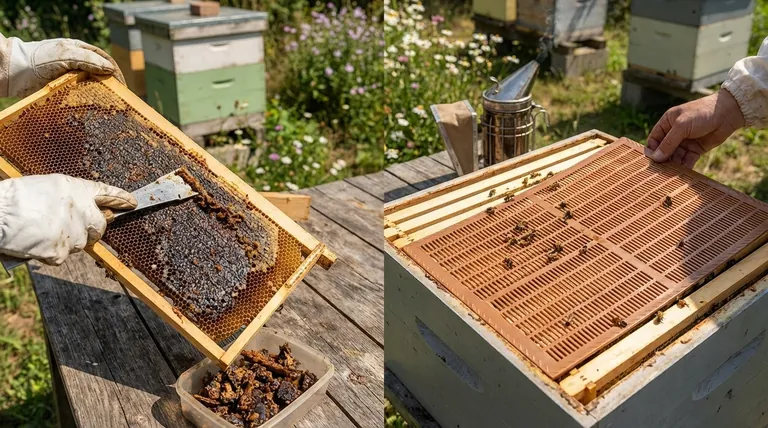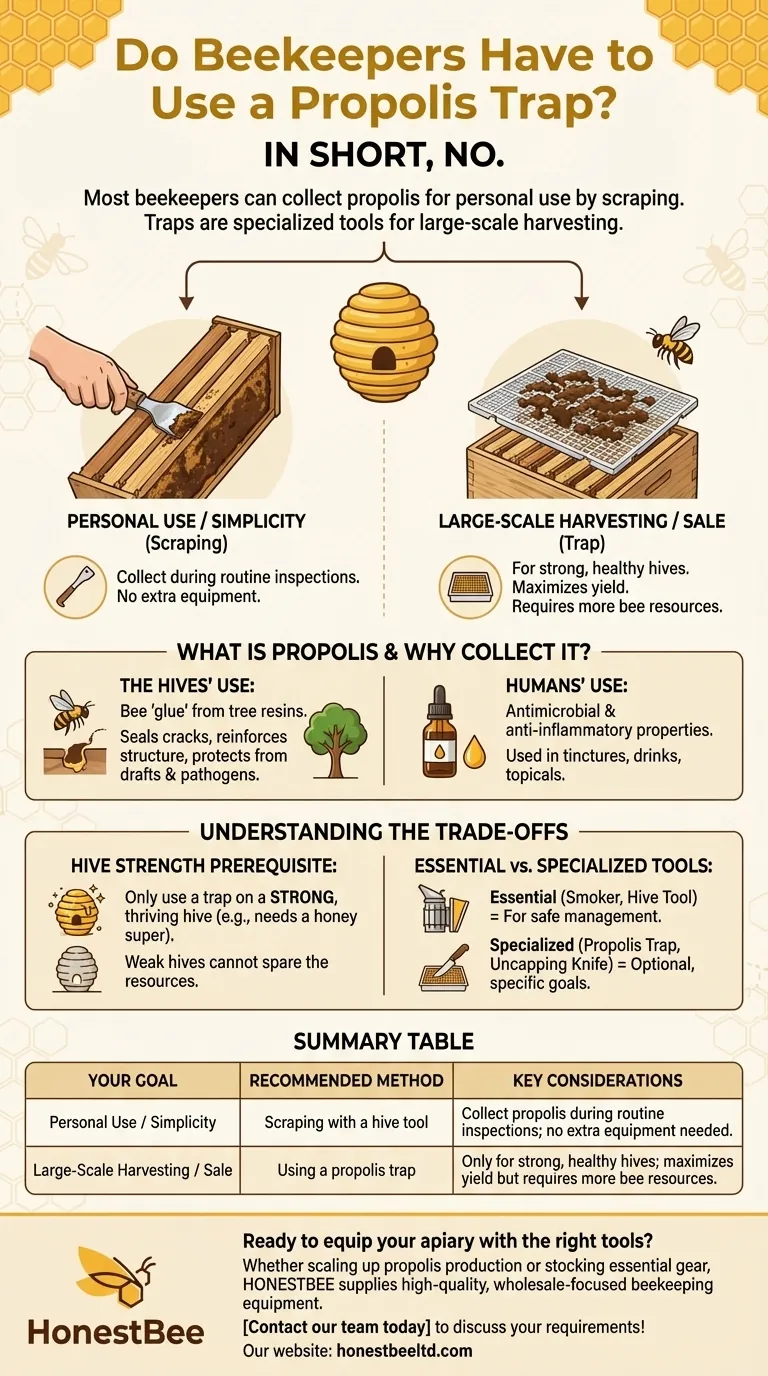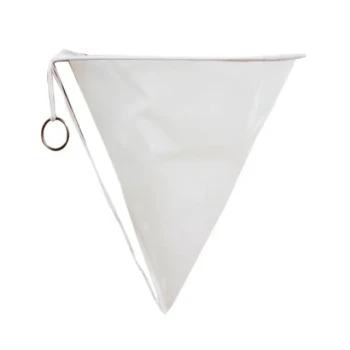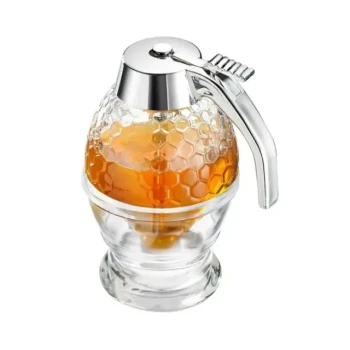In short, no. A propolis trap is not a required piece of equipment for a beekeeper. It is a specialized tool used for harvesting significant quantities of propolis, while most beekeepers can easily collect what they need for personal use without one.
The decision to use a propolis trap comes down to your goal. For casual, personal use, scraping propolis from hive components is sufficient. For dedicated, larger-scale harvesting, a trap becomes the appropriate tool, but only for a strong, healthy hive.

What is Propolis and Why Is It Collected?
The Role of Propolis in the Hive
Bees create propolis, often called "bee glue," from tree resins. They use this sticky, antimicrobial substance to seal small cracks and gaps in the hive, reinforcing its structure and protecting the colony from drafts and pathogens.
The Value for Humans
Humans harvest propolis for its well-documented antimicrobial and anti-inflammatory properties. It is commonly used to create tinctures by steeping it in high-proof alcohol, which can then be added to drinks or used topically.
The Two Methods of Propolis Collection
The Scraping Method: For Personal Use
For most beekeepers, a propolis trap is unnecessary. You can collect more than enough for personal projects simply by scraping propolis from hive components like frames, inner covers, and super boxes during routine inspections or after harvesting honey.
This method is simple, requires no special equipment beyond a standard hive tool, and is less invasive for the bees. It aligns perfectly with natural beekeeping philosophies.
The Trap Method: For Dedicated Harvesting
A propolis trap is a plastic or vinyl mat with small gaps, placed on top of the frames just below the inner cover. Bees, sensing the draft, will work to seal these gaps with propolis.
Once the trap is filled, the beekeeper removes it, freezes it to make the propolis brittle, and then flexes the mat to break the propolis off. This method is designed to maximize yield for beekeepers who want to sell propolis or use it in large quantities.
Understanding the Trade-offs
Prerequisite for Any Trap: Hive Strength
You should only add a propolis trap to a strong, thriving hive. Filling a trap is extra work for the colony, and a weak hive may not have the resources to spare.
A good rule of thumb is that if a hive is strong enough to need a honey super, it is likely strong enough to handle a propolis trap.
Essential vs. Specialized Tools
It's critical to distinguish between essential and specialized equipment. Tools like a bee smoker and hive tool are non-negotiable for safe and effective hive management. They directly impact your ability to work with the bees.
In contrast, a propolis trap, much like an electric uncapping knife, is an optional tool that serves a very specific harvesting goal. It does not contribute to the fundamental health or management of the colony.
Making the Right Choice for Your Goal
Ultimately, your approach should be dictated by your specific objectives as a beekeeper.
- If your primary focus is simplicity and personal use: Rely on the scraping method. You will gather plenty of propolis during your normal beekeeping activities.
- If your primary focus is harvesting propolis for sale or large projects: A propolis trap is the correct tool, but only deploy it on your strongest and most productive hives.
Aligning your tools with your purpose ensures you are working efficiently and in the best interest of your bees.
Summary Table:
| Your Goal | Recommended Method | Key Considerations |
|---|---|---|
| Personal Use / Simplicity | Scraping with a hive tool | Collect propolis during routine inspections; no extra equipment needed. |
| Large-Scale Harvesting / Sale | Using a propolis trap | Only for strong, healthy hives; maximizes yield but requires more bee resources. |
Ready to equip your apiary with the right tools?
Whether you're a commercial beekeeper scaling up propolis production or a distributor stocking up on essential gear, HONESTBEE supplies high-quality, wholesale-focused beekeeping equipment to meet your needs. From durable hive tools to specialized propolis traps, we provide the reliable supplies that help your operation thrive.
Contact our team today to discuss your requirements and get a quote tailored for commercial apiaries and distributors!
Visual Guide

Related Products
- 8 Frame and 10 Frame Propolis Trap Collector Screen for Propolis Collection
- 24 Frame Honey Extractor Commercial Radial Honey Frame Extraction Machine
- Commercial 48-Frame Stainless Steel Honey Extractor
- Langstroth Screen Bottom Board for Beekeeping Wholesale
- HONESTBEE 8 Frame Electric and Manual Three Use Honey Extractor
People Also Ask
- How should a captured swarm be placed into the hive equipment? A Guide to Secure Hiving
- How do beekeepers ensure sustainable harvesting of propolis? Prioritize Hive Health for Long-Term Yield
- What should you do after completing the hive inspection? Secure Your Hive and Document for Success
- What method is used to collect venom from honey bees? A Guide to Modern, Non-Lethal Extraction
- What are the differences between bottom-mounted and front-mounted pollen traps? Choose the Right Tool for Your Harvest.



















